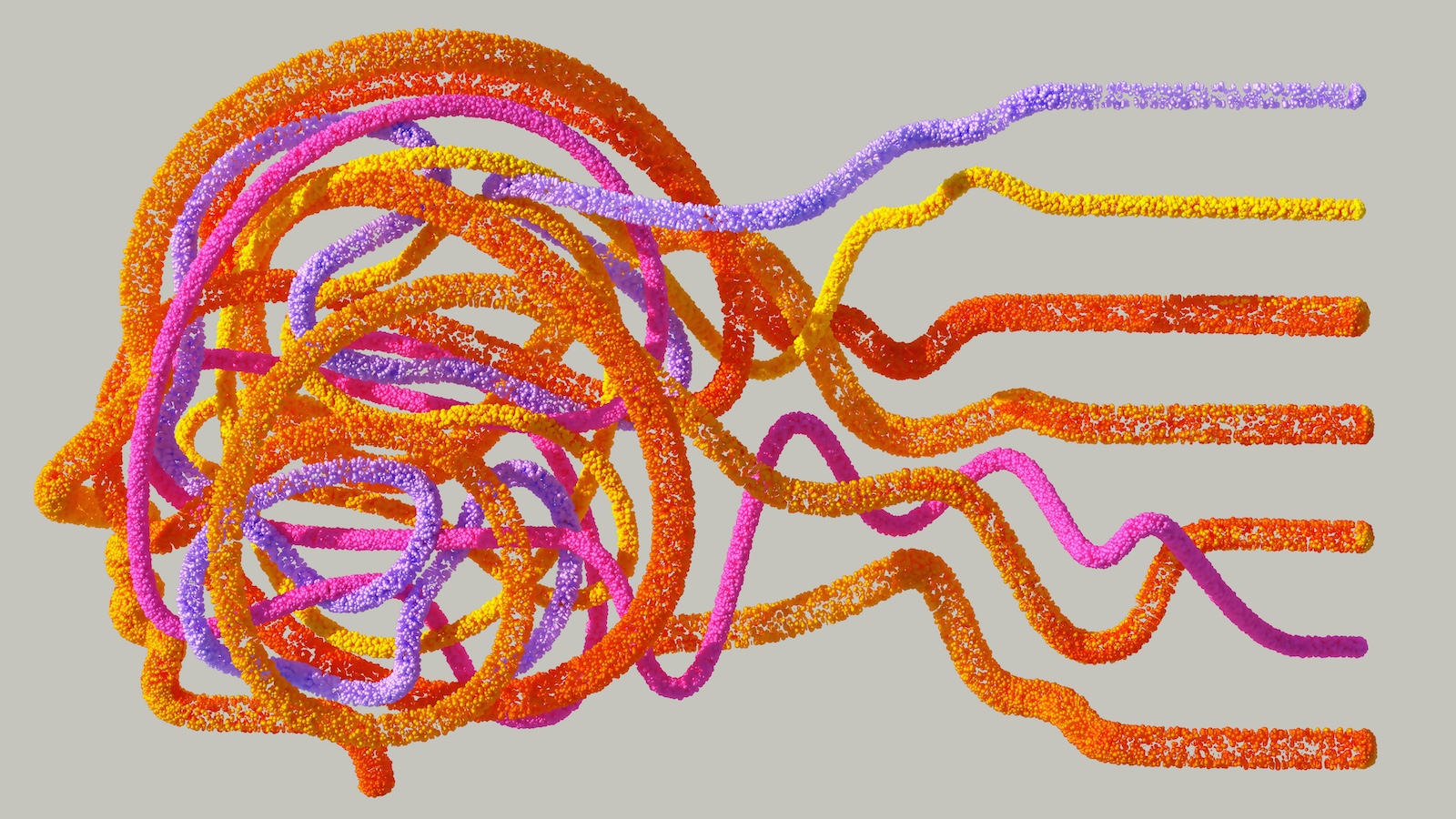In our previous post, on
distribution, we pointed out that claims represents perhaps the most important customer touchpoint in the entire insurance journey.
Nothing affects carriers’ bottom lines like claims; too many are not just capable of wiping out company margins but can jeopardize company survival. Full stop. And it’s not as if customers like claims, either. If insurers could magically prevent the underlying events from happening, customers – fraudsters aside! – would always be happier.
There are, in principle, two key thrusts – claims prevention and mitigation and customer experience – which we shall now explore. The stats and perspectives below are taken from our Global Trend Map; a full breakdown of our survey respondents, and details of our methodology, are included as part of
the full report, which you can download for free at any time.
In theory, the scope for claims prevention and mitigation has been radically widened thanks to the Internet of Things, which does not just allow for better underwriting (by netting more data and feeding predictive models) but can also empower insurers – or other ecosystem players, too, for that matter – to intervene when things point toward an impending claim event. Claims, in the sense of claims prevention, is fast coming under the strategic spotlight as a means to shelter exposed policyholders, rescue broken policy portfolios and shore up insurers stricken by low interest rates and bad risk.
Another benefit of sensor data is real
-time insight into what has actually gone on with a claim event, which can be life
-saving in an accident
-and
-emergency context, keeps a lid on damages at the point where they are liable to spiral the most and helps to identify cases of fraud.
"Claims is a significant part of the insurance value chain and, in our view, offers the largest potential for innovation. Many insurers are struggling with the dynamic of reducing costs while providing a positive customer experience. Recently in the U.S. and the U.K., many of the large insurers have experienced significant underwriting losses, for core products like motor, due to poor claims experience, deteriorating driving behavior, and rising repair/medical costs." – Sam Evans, managing director at Eos Venture Partners
While prevention does continue to get better, accidents and unforeseen incidents are always going to occur, so claims certainly aren’t going away anytime soon. When a claim does occur, insurers have the opportunity to impress their customers at that precise moment when those customers need, and appreciate, their insurance the most.
We have noted throughout this content series (for instance in our earlier post on
insurer priorities) the growing importance of customer-centricity to insurers. And claims – as the key, and in some cases only, consumer touchpoint – has become a key avenue of engagement. If insurers can provide excellent customer service throughout the claims experience, removing friction from the process wherever possible, then they are more likely to retain their policyholders and even open cross
-selling opportunities.
1. Customer Experience in Claims
Is customer experience (CX) a core focus for claims departments?
We asked carriers whether customer experience (CX) was a key factor within their claims departments; 69% replied "yes" and 26% "somewhat." The trend toward the growing importance of customer
-centricity within every insurance function is therefore borne out handsomely by the statistics.

Looking across our lines, we see a consistently high focus on CX in claims, except for in life, which trails somewhat. This probably reflects a historic lack of touchpoints (often just policy renewals and death) and, as an extension of this, the more limited opportunities for new business and cross
-selling. We encountered a similar lag with this line in our earlier installment on
marketing and customer-centricity.
"Will claims call centers evolve from the current model of large numbers of people predominantly performing standard operations and having scripted conversations to a much smaller number of ‘problem solvers’ being available to support customers when something out of the ordinary creates an exception in the automated processes?" – Ian Thompson, EMEA chief claims officer at Zurich
See also: Using Catastrophes to Rethink Claims (Part 3)
Does automation play a role in the claims-handling process?
Customers want frictionless experiences when making a claim. Certainly most young claimants (digital natives) would prefer to do everything through an app or portal rather than filling out paper forms, and this has seen some insurers embrace non
-traditional channels such as WhatsApp for submitting claims materials. In addition to slickness, customers want speed or, where speed is not possible, clarity as to their claim's status.

This level of service can only be provided effectively through recourse to automation in some degree – so that a large portion of uncomplicated claims can be processed straight
-through and the customer either notified of the outcome or given a resolution date, all at the click of a button. 46% of carriers indicated that they have an automated claims-handling process, a figure we expect to become a majority soon. This stat does not necessarily imply that the majority of claims will soon be automated, merely that automation will soon be in the mix for the majority of carriers.
"There is no doubt that insurance, in general, and claims, in particular, will see significant changes through the automation of knowledge work. Customer choice and the importance to the customer of the claims service will mean that human involvement in the process will always be necessary. However, as claims leaders, we will need to rethink our operating models in the light of emerging technology." – Ian Thompson
There are many different workflows for claims management (depending on the type and complexity of the claim, as well as its value), and claims automation generally only means automating some of these. Although automation has connotations of cost
-cutting (and this is definitely a factor), it can also be argued that less staff time spent on routine claims allows more staff time for high
-stakes claims, meaning claims management can become customer
-driven rather than process
-driven.
2. Claims Prevention and Mitigation
How much focus do (re)insurers have on claims loss mitigation?
We asked carriers about their level of focus on claims loss mitigation; 57% replied that they had "a lot" and 39% "some" focus. North America leads our other regions in terms of having "a lot" of focus. We further explore the specificity of the North American insurance market in our forthcoming regional profile on the continent, which you can, of course, access immediately by downloading the full Trend Map.
Will IoT affect the claims department?
IoT fundamentally allows carriers (and other ecosystem players, in cooperation but also in competition with insurers!) to move from risk management to risk prevention by providing insights to bring down policyholder risk. In this sense, the overriding impact of IoT on claims is the reduction – or even outright elimination – of claims.
This goal is perfectly aligned with customer wishes, and there are many more ways IoT can boost customer
-centricity in claims. If event data can be captured automatically, this doesn’t just help eliminate fraudulent claims (which ultimately cost law
-abiding customers), it also removes a lot of friction from the process of filing claims and means that business
-as
-usual can be resumed as early as possible.
An example of this would be a temperature
-sensitive cargo insured against temperature rises above a certain point, whereby a temperature sensor – in conjunction with blockchain and smart contracts – could trigger claims automatically if the limit were exceeded. This way, mitigation could begin straightaway with minimal head-scratching; in this example, that might involve immediately re
-ordering the compromised cargo.
In our earlier section on
Internet of Things, 60% of respondents selected claims as one of the departments that would benefit the most from IoT, and this is largely borne out in the responses of carriers here: 53% of insurers and reinsurers believe that IoT will affect their claims department.
Among our lines, IoT's impact on claims trails in life, unsurprising given that IoT
-enabled life programs – if they exist at all – generally sit behind connected health initiatives (which get the plaudits). As the cost of sensors and connected devices continues to fall, we expect to see further growth in the connected
-claims universe to the benefit of customers and carriers alike, across all lines.
While the potential of sensor
-led approaches to manage down risk remains hypothetical for many use cases (there are simply not enough long
-term studies yet) and while there are inevitably other well
-positioned ecosystem players with a shot at the prize, a more immediately tangible IoT
-enabled saving is in relation to fraud, which we examine in our next installment. Telematics providers may not, in the end, make you a better driver – but the G
-forces can tell them exactly what has gone on with your car. And with your insurer as it were in the passenger seat, you will feel rather less able to lie to the company.

 Looking across our lines, we see a consistently high focus on CX in claims, except for in life, which trails somewhat. This probably reflects a historic lack of touchpoints (often just policy renewals and death) and, as an extension of this, the more limited opportunities for new business and cross-selling. We encountered a similar lag with this line in our earlier installment on marketing and customer-centricity.
Looking across our lines, we see a consistently high focus on CX in claims, except for in life, which trails somewhat. This probably reflects a historic lack of touchpoints (often just policy renewals and death) and, as an extension of this, the more limited opportunities for new business and cross-selling. We encountered a similar lag with this line in our earlier installment on marketing and customer-centricity.
 This level of service can only be provided effectively through recourse to automation in some degree – so that a large portion of uncomplicated claims can be processed straight-through and the customer either notified of the outcome or given a resolution date, all at the click of a button. 46% of carriers indicated that they have an automated claims-handling process, a figure we expect to become a majority soon. This stat does not necessarily imply that the majority of claims will soon be automated, merely that automation will soon be in the mix for the majority of carriers.
This level of service can only be provided effectively through recourse to automation in some degree – so that a large portion of uncomplicated claims can be processed straight-through and the customer either notified of the outcome or given a resolution date, all at the click of a button. 46% of carriers indicated that they have an automated claims-handling process, a figure we expect to become a majority soon. This stat does not necessarily imply that the majority of claims will soon be automated, merely that automation will soon be in the mix for the majority of carriers.









